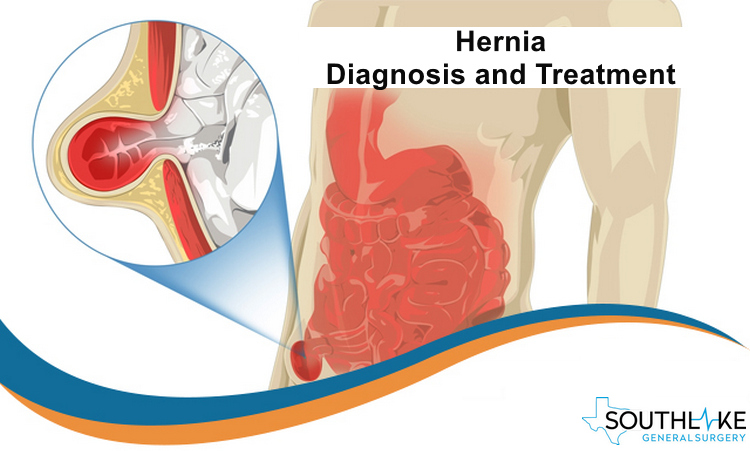To analyze your condition, your PCP will initially play out a physical assessment. During this assessment, your PCP may feel for a lump in your stomach or crotch area that gets bigger when you stand, cough, or strain.
Your PCP will at that point take your clinical history. They may ask you an assortment of inquiries, including things like:
- When did you first notice the lump?
- Have you encountered some other indications or symptoms?
- Do you believe that there was something specifically that may have made it happen?
- Explain slightly about your way of lifestyle or daily routine. Does your occupation include heavy lifting? Do you do intensive work out? Any history of smoking or do you smoke?
- Do you have an individual or family ancestry of hernias?
- Have you had any medical procedures like surgery in the area of your belly or crotch?
Your primary care physician will likewise likely utilize imaging tests to help in their conclusion and diagnosis. These can incorporate things like:
- Ultrasound of Abdomen, which has high-frequency sound waves to make a picture of the structures inside the body.
- CT scan, which joins X-Rays with modern computer technology to take a picture.
- MRI Scan, which has a blend of strong magnets and radio waves to take a picture.
In the event that a hiatal hernia is suspected, your primary care physician may use different tests that permit them to survey the inner area of your stomach:
- Barium X-Ray or Gastrografin, which is a series of X-Ray photos of your digestive tract. The photos are recorded after you’ve wrapped up a fluid containing diatrizoate meglumine and diatrizoate sodium (Gastrografin) or a fluid barium solution. Both appear well on the X-ray pictures.
- Endoscopy, which includes stringing a small camera joined to a tube down your throat and into your esophagus and abdomen.
Treatment of Hernia
Hernias can be fixed with either open or laparoscopic surgery. Laparoscopic surgery utilizes a small camera and miniaturized surgical equipment to fix the hernia with small incision just a couple of little entry points. It’s likewise less harming to the encompassing tissue.
During open surgery, the surgeon makes a cut or incision near the site of the hernia, and afterward pushes the swelling tissue once more into the abdomen area. They at that point sew the region shut, once in a while strengthening it with surgical mesh. At last, they close the incision.
Not all hernias are reasonable for laparoscopic surgery. On the off chance that your hernia requires an open surgical repair, your surgeon will work with you to figure out which kind of surgery is best for your condition.
When to see a doctor
In case of facing the problem in Hernia, you may not need to rush things and start searching for a “Best Hernia Surgeon in USA”, you need to go to doctor for advice and check-up.
For more information on Hernia Surgery, please contact our healthcare expert today for consultation and appointment: https://www.southlakegeneralsurgery.com/make-an-appointment/

